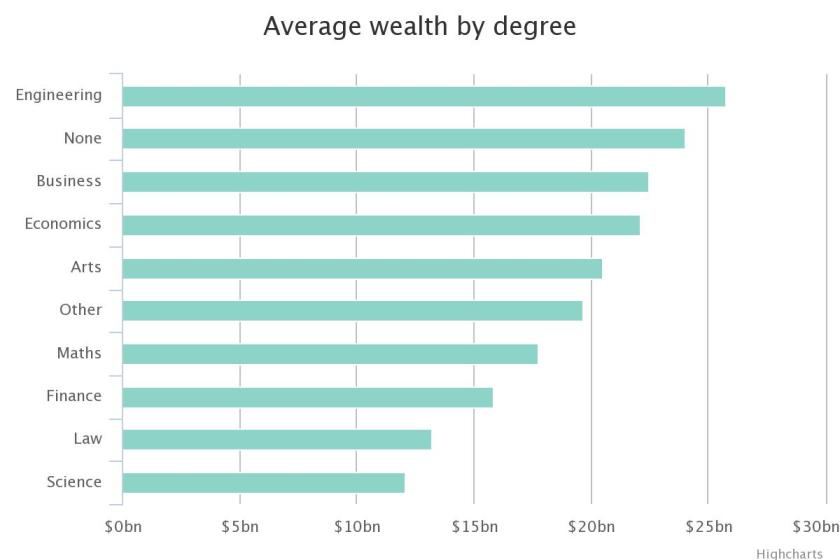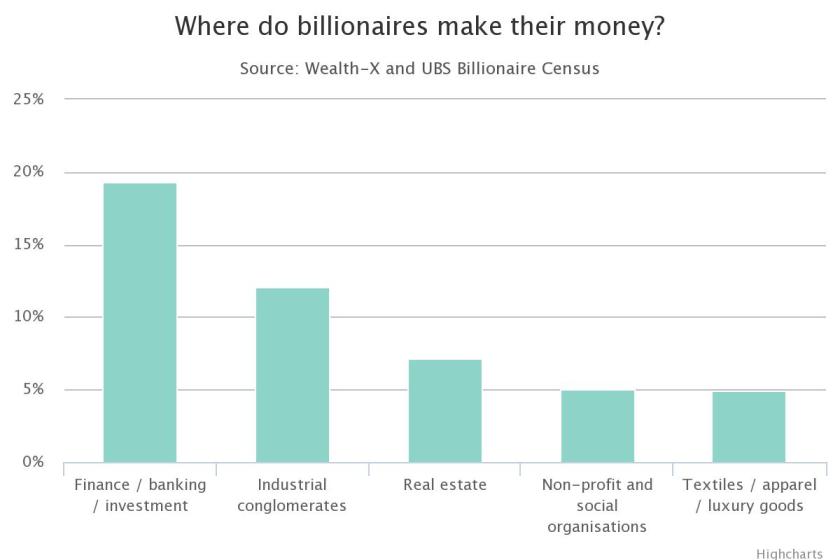Renewable energy in Morocco
In a move to boost investment in the renewable energy sector, Morocco will amend its legislation on its development.
When adopted, the new law, will allow renewable energy producers to make surplus electricity available to all connected to the state owned utility ONEE, responsible for the national grid.
The proposed changes will also raise the minimum capacity of hydro-power projects to 30 MW from the present 12 MW.
Morocco has several big ongoing projects in the solar, wind and hydro power sector and is targeting to increase the share of renewable energy to 42% of the total installed capacity in the country by 2020, with more solar, wind and hydro power projects, each contributing 14%. Thanks to this strategy, Morocco is now a regional leader in terms of installed wind power capacity, followed by Egypt with 650 MW and Tunisia with 240 MW.
For instance, the Noor concentrated solar power complex is projected to have a total installed capacity of 500 MW with the first 160 MW starting production by the end of this year.
With respect to wind power, the latest 300 MW project was commissioned at the end of 2014 bringing the total installed capacity to 787 MW and the floating of a tender for the project of another wind power farm of 850 MW capacity is “within weeks”, an informed source at the Moroccan Electricity and Water Utility Company (ONEE) told local daily L’economiste, a francophone business newspaper published in Morocco and specializing in economic and financial news..
ONEE has already shortlisted several major groups that met the pre-qualification requirements. These include Spanish Acciona Energia and Acciona Wind Power, France’s EDF Energies Nouvelles with Qatar Electricity and Water Company, Fipar Holding, and Alstom Wind as well as the Saudi group International Company for Water and Power Project in cooperation with Gamesa Eolica Sl. Among the shortlisted are also UK’s International Power PLC with International Power LTD (UAE) and Vestas France SAS. Last but not least, Moroccan Nareva Holding has joined forces with Enel Green Power and Siemens Wind Power AS. Opening of the tenders is expected between 2017 and 2019.
Meanwhile, the 300 MW Tarfaya wind farm developed by Tarec (Tarfaya Energy Company), at a cost of $514m to build is a 50/50 joint venture of Nareva Holding and International Power Ltd. The site comprises 131 Siemens turbines in an area of 728 hectares. Its power output is estimated to be over 1,000 GWh per year.
Further reading but in French is at http://www.leconomiste.com/article/976297-energies-renouvelables-l-etat-veut-aller-plus-vite




